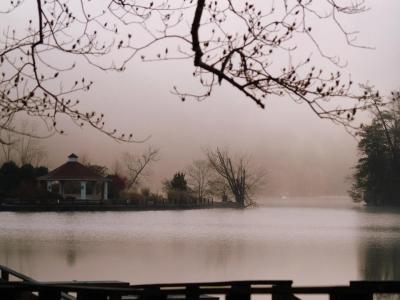Managing silt in the Lake
On the surface, Lake Lure and its surrounding views of the gorge are truly some of the most uniquely beautiful bodies of water in the region. A small population of individuals makes this small, fragile lake their year-round home. For thousands of visitors, it's a regular vacation destination.
Our economy, our livelihood, and our quality of life are inextricably tied to the lake on many levels.
Despite its diminutive size, it is universally loved and arguably known around the United States for its stellar beauty.
Even forced to do so, it's virtually impossible to imagine Lake Lure without the lake as we know it.
However, under the surface of these beautiful waters exist a formidable challenge that must be addressed if Lake Lure is to remain an enjoyable and easily accessible body of water.
This challenge has been there for the lion's share of the lake's 90+ year history.
It is silt, also known as sediment, and in some areas of the lake, it is more than five feet deep.
As wind and water have removed particles of rock and soil from the once towering mountains in the Gorge, those same forces have deposited those particles in the valleys of the Broad River Basin. Sedimentation is the result of those erosive forces and is a natural and necessary process.
In short, it is a naturally occurring process, but one that, if not tackled by ongoing dredging activities, will only worsen. It's an uphill battle made more challenging by inclement weather. An entire season of removing silt through the act of dredging can seem basically useless after just a couple of days of heavy rainfall.



